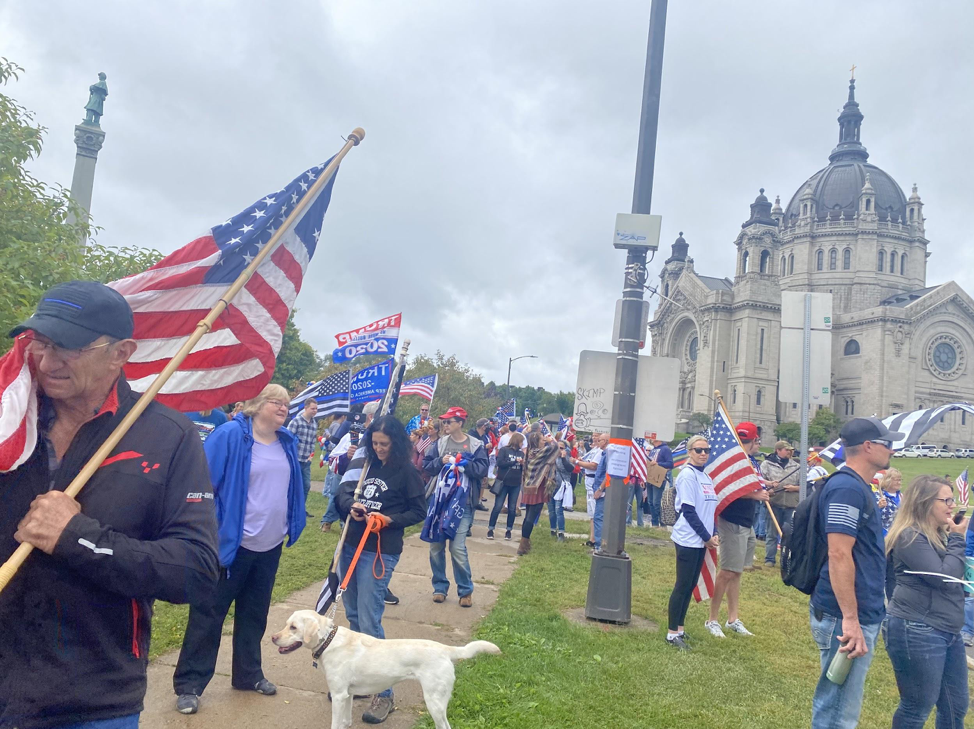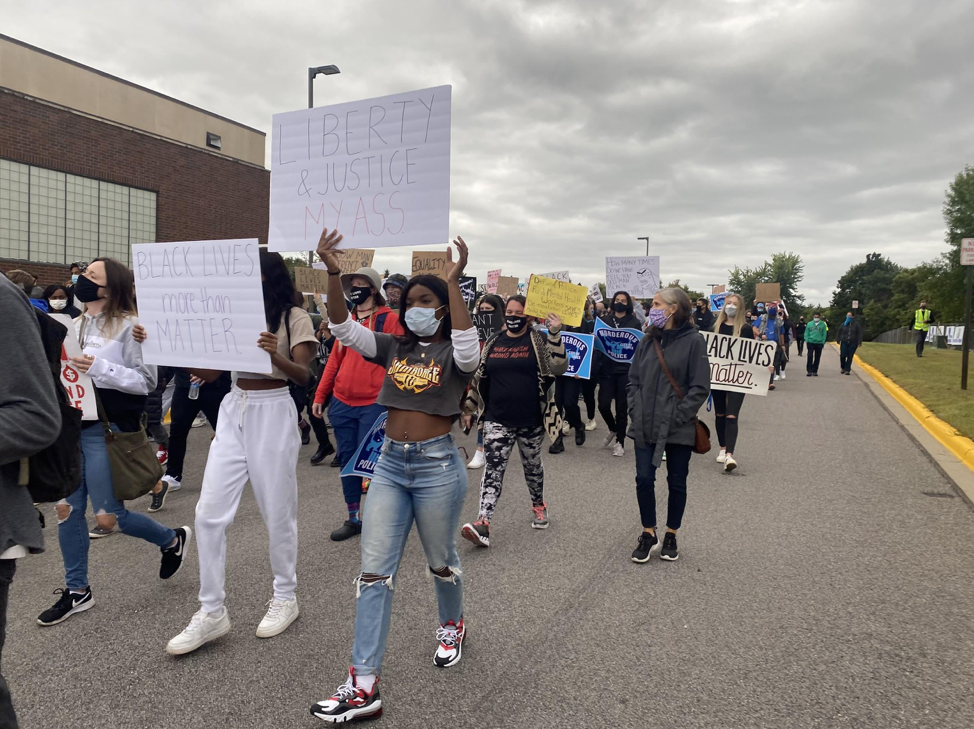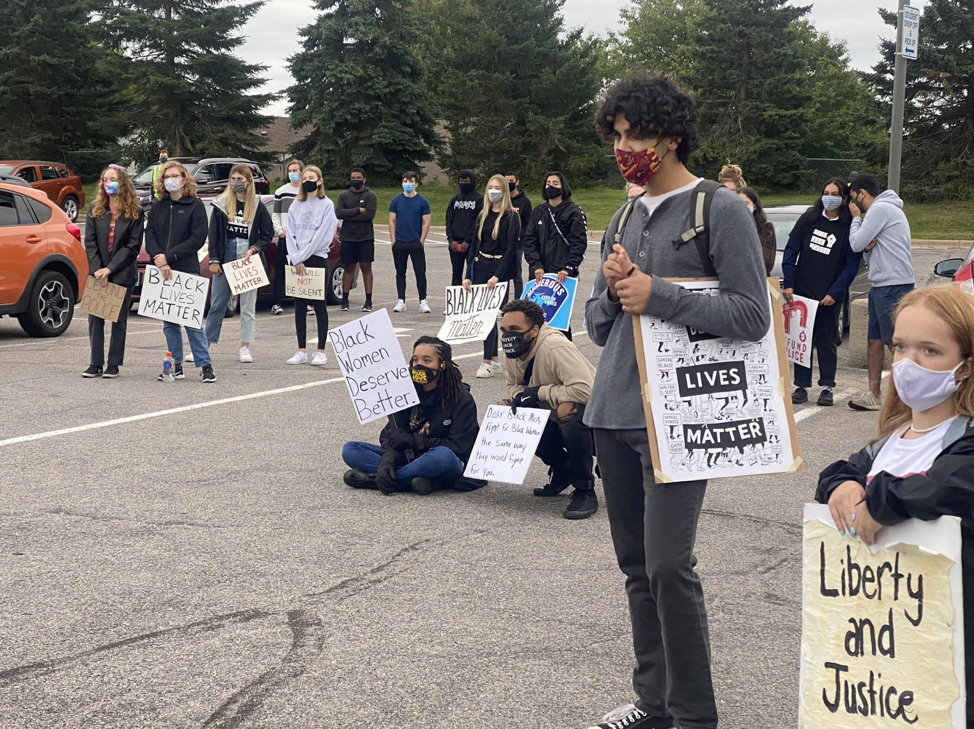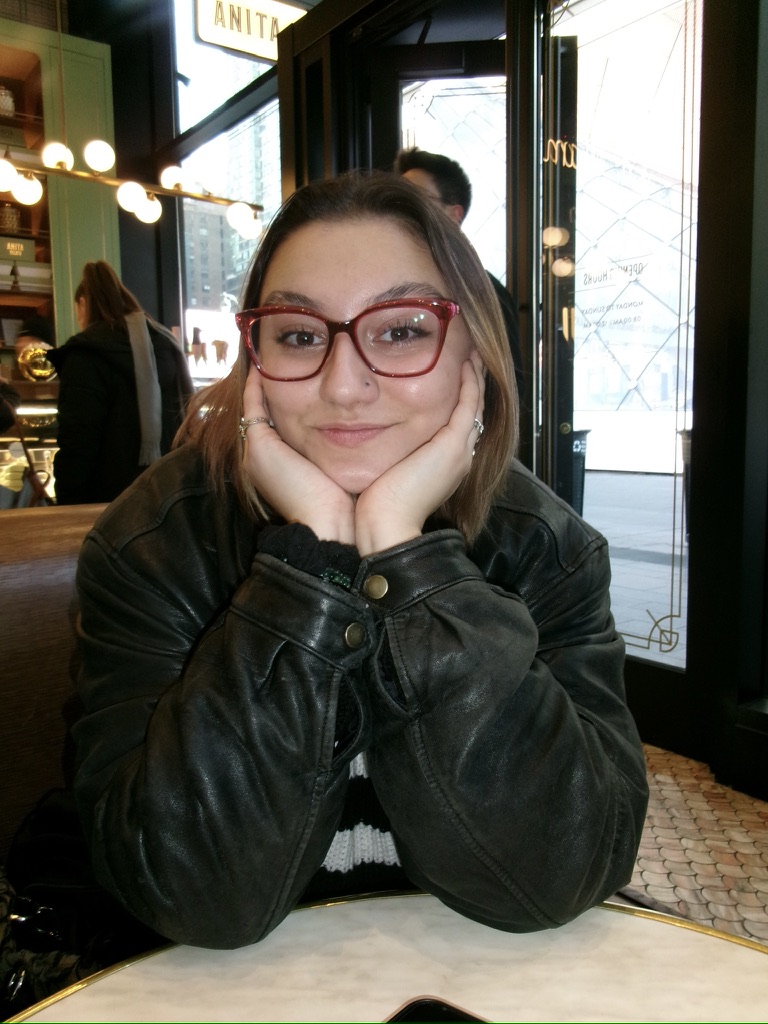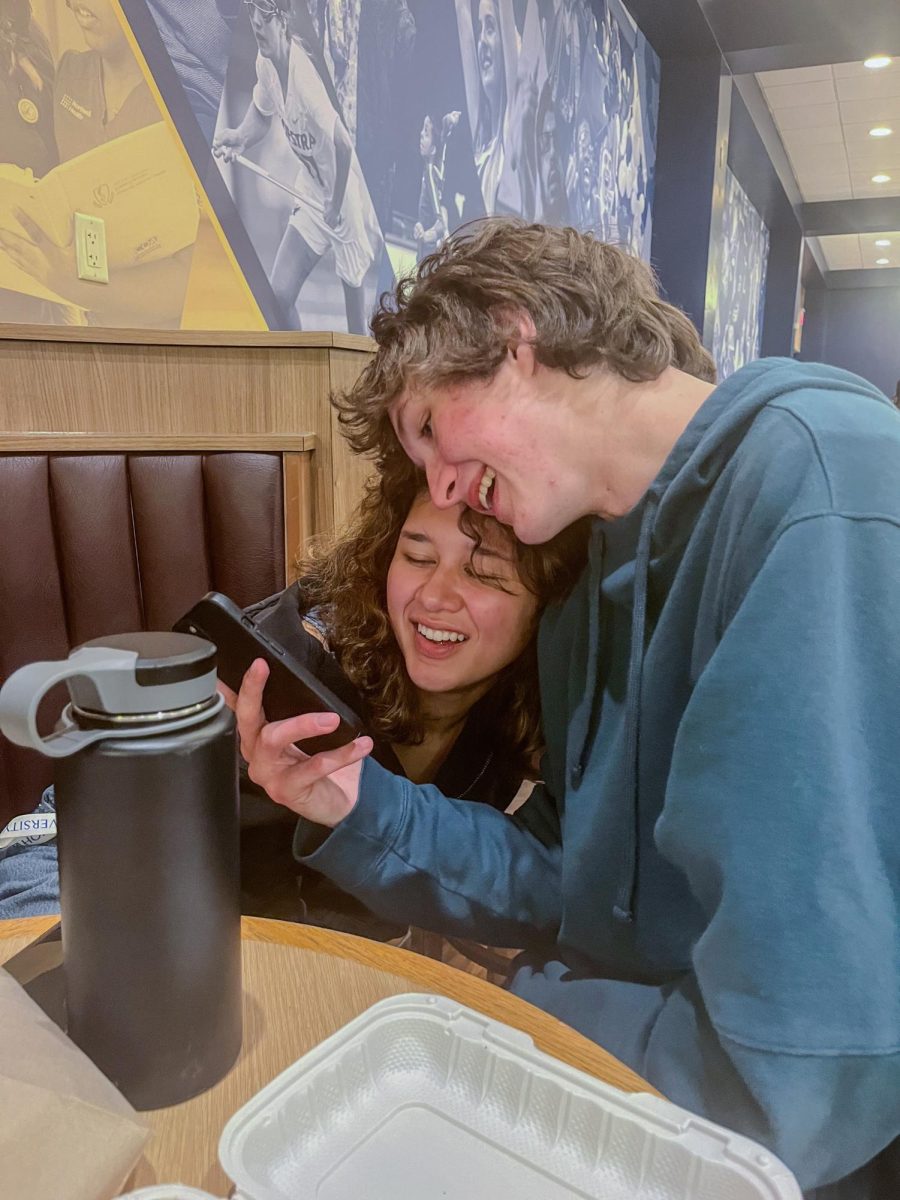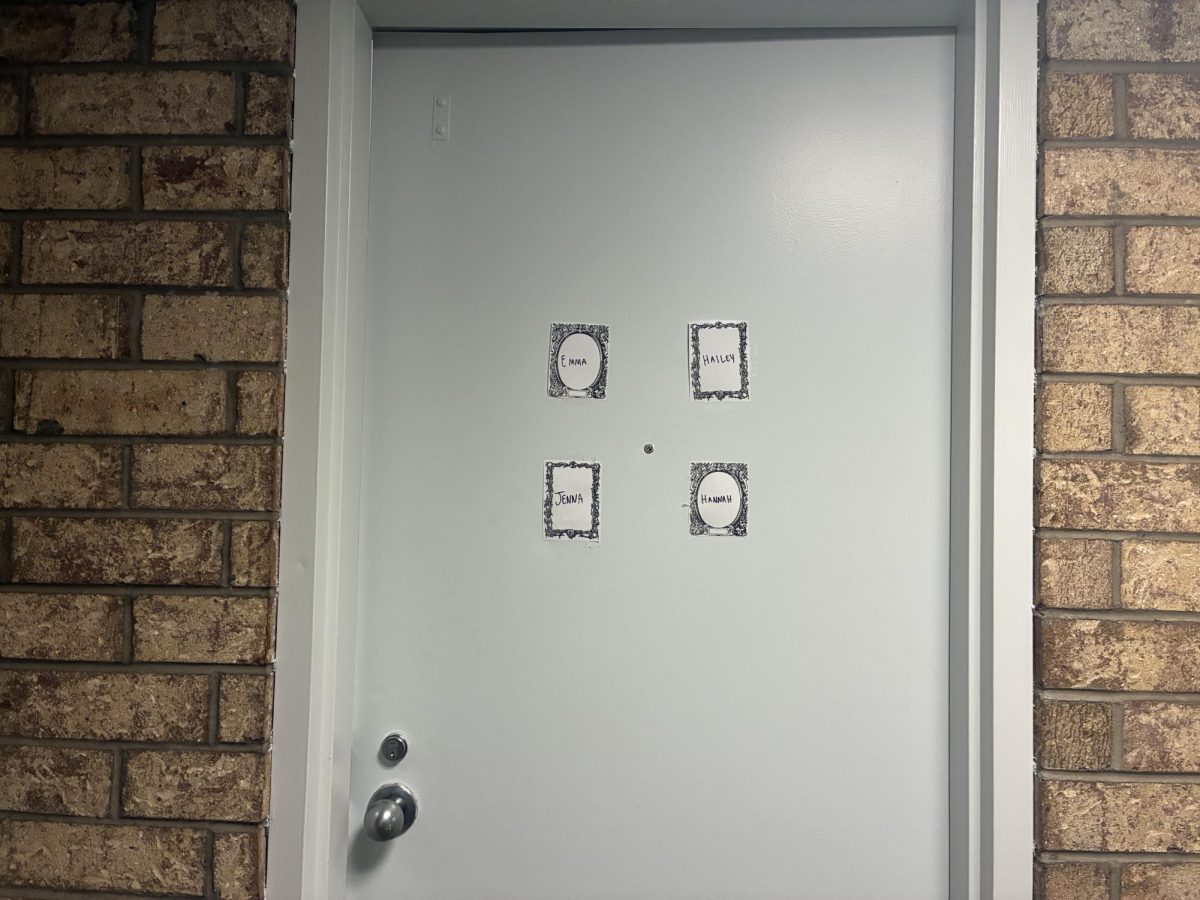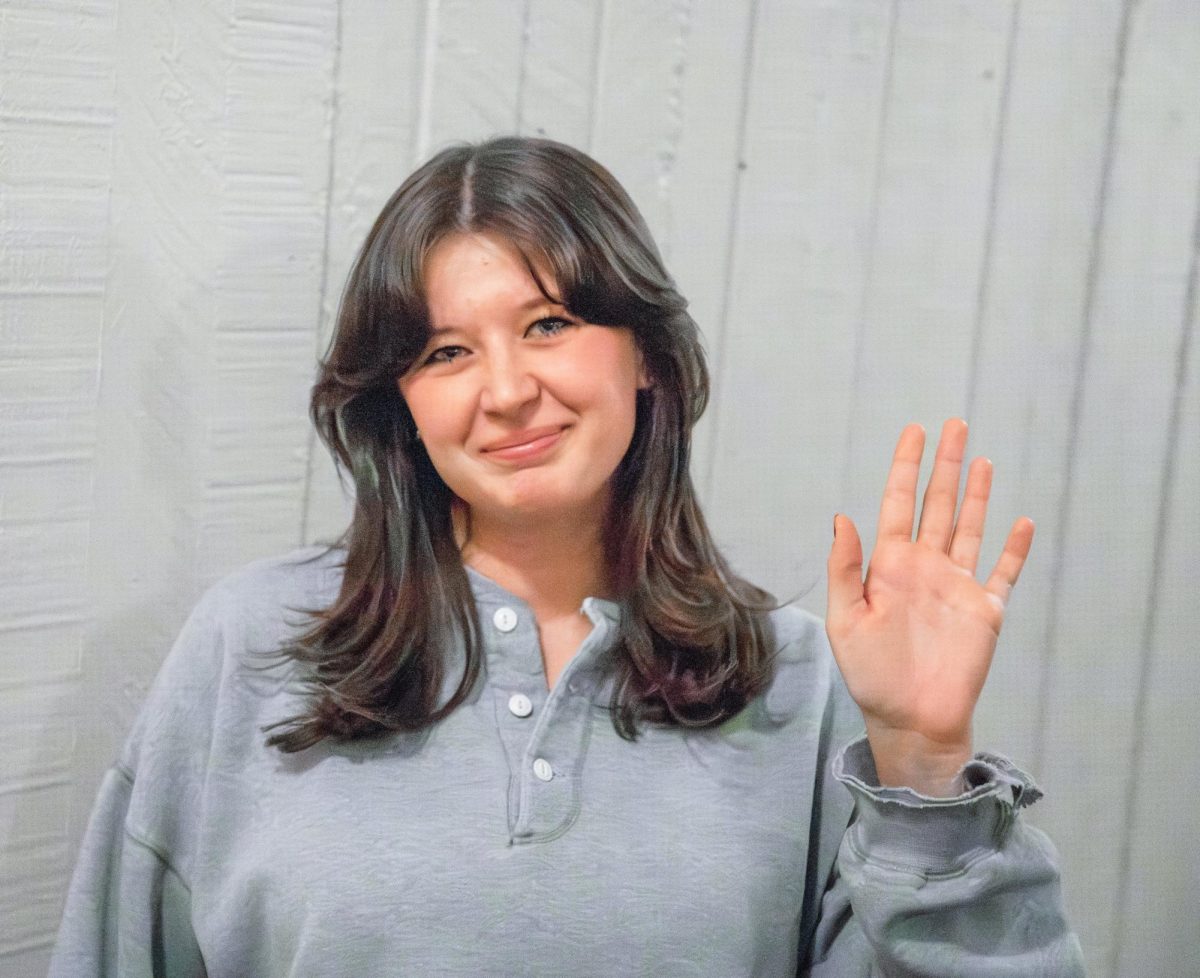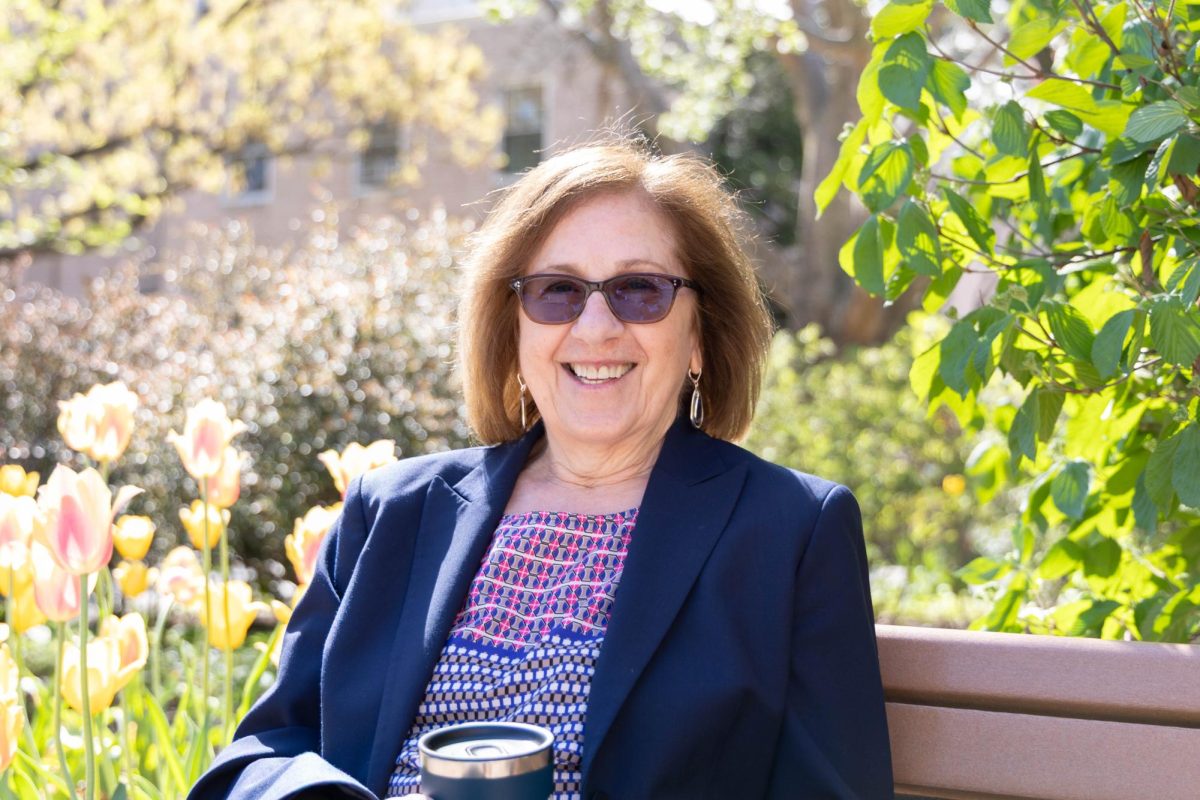Photo Courtesy of Amudalat Ajasa
Pitching a story about going to a Trump march and actually getting dressed to go to one are two different feelings. There were low stakes in pitching the story, and I received approval from my peers and professors, but the stakes began to rise when I looked in the mirror as I tied my shoes in preparation to leave my home.
When picking an outfit for the march, I was very selective about what I wore. I made sure to wear shoes that were comfortable in case I needed to run, a red sweater to coincide with party colors and overalls to match the aesthetic. I topped it off with a mini American flag hanging out of my backpack, and I even made sure to wear a white mask instead of my blue one that has the words “I can’t breathe” printed on it.
My mom wasn’t in favor of me going to a Trump march in general, much less by myself. After telling her that the march was geared more toward support for Trump and Blue Lives Matter rather than general support for first responders, she felt as though the organizer I questioned about the protest and its coronavirus precautions wasn’t forthcoming about the nature of the march. As a mother, she was worried because as a young Black student journalist at a protest with people that don’t support my ideology, my safety could have been jeopardized.
As I covered the Black Lives Matter protest signs I always keep in my backseat and got out of my car, the gravity of the situation hit me: I could really be harmed for saying the wrong thing or making the wrong move. My idea was to hide in plain sight, take my pictures and leave.
As I walked up to the protesters, I realized hiding in plain sight would be a harder task than imagined.
I immediately noticed my Blackness. Being one of the estimated handful of other Black people made me stick out like a sore leftist. On top of that, I was the only dark-skinned woman there.
To make matters worse, I was one of two protesters wearing a mask. On the Facebook event page, over 500 people had confirmed their attendance, and I only saw one other person with a mask at the event.
I imagine those factors were the reason I was asked, “Which group are you here with?” by one older white woman. My hiding-in-plain-sight idea was failing.
Alone, I stood taking pictures of men with assault rifles, people with American flags, Trump flags, anti-immigrant flags, Blue Lives Matter flags and smiling faces that I could see because no one was wearing a mask.Adults with babies, childrenand elders all clumped together without regard for social distancing or COVID-19 precautions.
The blatant disregard for safety during a global pandemic was unnerving. It’s disappointing that grown adults must be told that the virus doesn’t pick party sides. Health and safety should be prioritized in all events that occur during a pandemic.
The march began after a man with a bullhorn proudly announced that the police would graciously escort us to our destination – a courtesy I have not received at any Black Lives Matter protest.
As the protesters dissonantly chanted, “USA,” “four more years,” “back the blue” and “defend cops,” I thought about my own beliefs and my justification for them.
State Patrol officers that helped close off the streets were grinning from ear to ear – which I could see because some of them weren’t wearing masks either – as protesters thanked them for their service and waved Trump flags; another sight that I was unaccustomed to as a Black Lives Matter protester.
On the way to the march’s destination, protesters were met by three Black Lives Matter counter-protesters. The white men who, earlier in the day, smiled at me and offered to shake my hand because they “supported me,” were now calling a Black man on the other side “boy” and spewing other microaggressions.
I once again became hyper-aware of my skin, and I was reminded of how the people I was marching with truly felt about people that looked like me.
Setting aside my blackness as a journalist at a protest with people that have had a history of racism, I was going to write a story void of bias because that’s what my role requires. However, I have no control over the biases that creep into people’s minds when they see my skin. Such biases and stereotypes can and have caused harm to people that look like me.
Quickly heel-stepping to my car 45 minutes after the protest started, I felt a mixture of emotions. Anger and annoyance flared up first. I was angry that some of the demonstrators were so quick to show their racism toward counter protesters, while simultaneously being welcoming to me. I was angry that demonstrators didn’t care about the ongoing pandemic. I was angry that white men were privileged enough to flaunt their guns in front of state patrol officers without fear of death.
Upon entering my car and closing my door a little harder than usual, I felt relief and clarity. I was relieved that I was able to obtain the information I needed for my class without harm.I was grateful for my mask and hand sanitizer since practically no one there cared about the pandemic. Most of all, I was relieved that I left having the same beliefs I walked in with. I can now say that I’ve seen both sides and I’ve never been more sure of my own values and beliefs.



